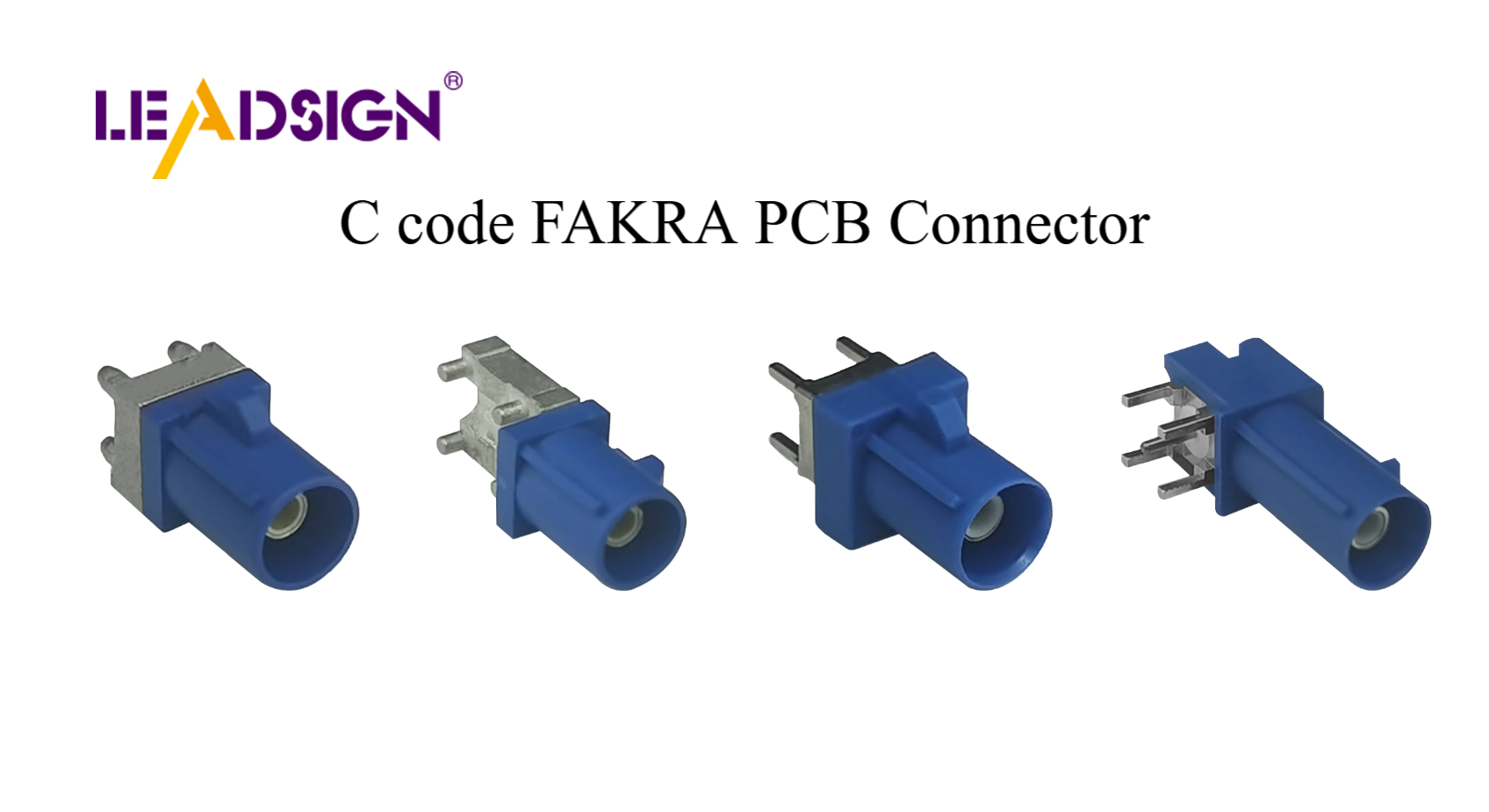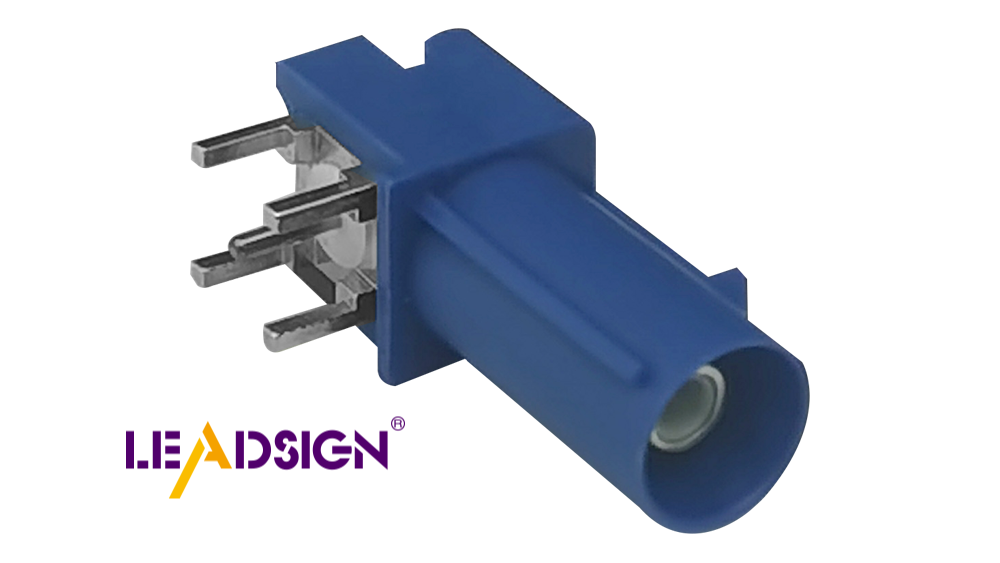Why Crosstalk Threatens Automotive Networking Today

Crosstalk is unwanted interference that mixes signals between circuits, disrupting data transfer in automotive networking systems. As cars utilize more advanced electronics, crosstalk becomes an increasingly significant problem. The demand for faster data and smaller designs exacerbates this issue. Signals weaken, and noise levels rise. Engineers face challenges in maintaining signal clarity as automotive networking evolves. Addressing crosstalk is crucial to ensure that car systems operate smoothly.
Key Takeaways
Crosstalk is a significant issue in automotive networking, causing unwanted interference that can disrupt data transfer and affect vehicle performance.
Modern cars' complex networks and the demand for faster data speeds increase the risk of crosstalk, making it crucial for engineers to address this problem.
Effective solutions to reduce crosstalk include using better shielding materials, advanced cable designs, and maintaining proper spacing between wires.
Regular crosstalk checks and adherence to industry standards are essential for ensuring reliable communication in automotive systems.
Crosstalk can lead to safety risks, as it may cause critical systems like brakes and navigation to malfunction, highlighting the need for robust engineering solutions.
Engineers should prioritize innovative designs and technologies to mitigate crosstalk, ensuring that modern vehicles remain safe and efficient.
Understanding Crosstalk in Automotive Networking

What is Crosstalk in Automotive Systems?
Crosstalk happens when electrical signals interfere with each other. In cars, this occurs when energy from one wire affects another nearby. This interference causes problems with data transfer, creating noise and errors. Modern cars depend on electronics for communication and safety. Crosstalk makes it harder for these systems to work properly. It can weaken signals and reduce their quality, affecting car performance.
Electromagnetic crosstalk is a type of interference caused by electromagnetic fields. These fields from one wire can mix with others nearby. This mixing changes the original signal, making it less reliable. Engineers must fix this problem to keep car systems working well, especially with high-speed signals.
Causes of Crosstalk in Automotive Networking
Many things cause crosstalk in car networks. Wires and circuits placed close together in small spaces increase interference. Faster data speeds also make the problem worse. Stronger signals create more electromagnetic fields, leading to more crosstalk.
The materials used in cables can also cause crosstalk. Poor shielding lets energy escape and affect nearby wires. Modern cars have many signal paths, which increases the chances of interference. Engineers must plan carefully to reduce crosstalk during design.
Why Crosstalk is a Critical Issue in Automotive Systems
Crosstalk can harm how car systems work and stay safe. It can cause data errors and communication problems. In important systems like navigation or safety, these errors can be dangerous. For example, a car’s keyless entry might fail due to bad signals, causing trouble or risks.
Crosstalk also slows down product development and raises costs. Engineers need extra time and money to fix these issues, delaying new cars. If crosstalk isn’t solved, it can hurt a company’s reputation. Managing crosstalk well is important to meet standards and keep customers happy.
The Impact of Crosstalk on Automotive Network Performance
Signal Interference and Data Loss
Crosstalk messes up signals in car networks. When interference happens, signals become unclear and cause data errors. This changes the signal, making it less dependable. Car systems that need fast data face big problems when signals are affected. For example, GPS systems might get wrong data, leading to bad directions.
Bit Error Rate (BER) shows how much crosstalk affects data. A high BER means more mistakes in sent data, hurting network performance. Engineers check how signals mix and use tools to measure interference. By studying this, they find ways to stop data loss and keep systems working well.
Increased Latency and Reduced Efficiency
Crosstalk slows down car networks by delaying signals. These delays make communication between parts slower. Fast data transfer becomes harder when signals keep getting interrupted. For example, entertainment systems might freeze or lag because of slow data.
Slower networks affect how well cars work. Systems like crash prevention or smart cruise control might not react in time. Engineers study delays caused by crosstalk to fix these problems. Solving this helps car systems work faster and better.
Safety Risks in Automotive Networking
Crosstalk creates safety problems in modern cars. When signals fail, important systems like brakes or airbags might not work. For example, bad sensor data can cause wrong readings, making it hard to avoid crashes or stay in lanes. This puts people in danger.
Alien crosstalk makes safety issues worse. It disrupts fast data, making safety systems less effective. Engineers must focus on fixing crosstalk to keep cars safe. Better signal tools and stronger cables help reduce risks and make car networks reliable.
Why Crosstalk is a Growing Problem in Today's Cars
More Complex Car Networks
Modern cars use networks to connect many systems. These include navigation, safety, and entertainment features. As more systems connect, crosstalk becomes a bigger problem. Each new connection adds more signal paths. This increases the chance of interference between signals. Engineers must solve this to keep systems working well.
Self-driving technology makes car networks even harder to manage. Sensors like LIDAR and radar send high-frequency signals. These signals can interfere with each other. For example, one LIDAR's laser can affect another's readings. This reduces accuracy and safety. Engineers must design networks to stop interference and meet modern car needs.
Faster Data Speeds and More Bandwidth
Car networks now send data much faster than before. Features like streaming, navigation, and car-to-car communication need quick data. But faster signals create stronger electromagnetic fields. These fields can cause crosstalk and lower signal quality.
Cars also need more bandwidth for advanced systems. For example, driver-assistance systems use fast data from many sensors. Crosstalk can mess up these signals, causing delays or errors. Engineers must find ways to handle fast data without losing performance.
Smaller and Lighter Car Designs
Car makers want smaller, lighter designs to save fuel and money. But this makes crosstalk harder to control. Wires and circuits are closer together, increasing interference risks. Signals can mix, making communication less clear.
Lightweight materials can also cause problems. Weak cable shielding lets energy escape, affecting nearby circuits. Engineers must pick better materials and arrange cables carefully. They must balance compact designs with reliable networks in modern cars.
Effective Ways to Reduce Crosstalk in Car Networks
Using Shielding and Better Cable Design
Shielding and cable design help stop crosstalk in car networks. Engineers use special shielding to block interference and keep signals clear. Materials like copper or aluminum foil stop outside noise from entering cables. These materials also lower the fields made by the cables, reducing crosstalk.
Good cable design also helps reduce crosstalk. Twisted pair cables are common in cars. Twisting wires cancels interference, making data transfer reliable. Keeping cable impedance steady stops signal reflections and lowers crosstalk risks. Separating fast signals from slower ones avoids mixing and interference.
Spacing cables properly also reduces crosstalk. Engineers place cables apart to avoid interference. In tight car spaces, layered cable designs with shielding work well. These designs keep signals separate and free from interference.
Advanced Signal Tools and Crosstalk Checks
Advanced tools help engineers fix crosstalk problems. Differential signaling sends two opposite signals together. Interference affects both equally, so noise cancels out, keeping data clear. This works well for fast signals in car systems.
Crosstalk checks find and fix interference issues. Engineers use software to study and measure crosstalk. These tools show problem areas and suggest fixes, like changing cable paths or shielding.
Lowering signal strength also helps reduce crosstalk. Weaker signals make noise less noticeable. Fiber optimization ensures noise stays below harmful levels. Regular checks during design and testing improve system reliability.
Following Car Network Standards
Following standards helps control crosstalk in car networks. Rules like ISO 11898 for CAN systems and IEEE 802.3 for Ethernet guide shielding and signal quality. These rules help make strong, reliable systems.
Standards also ensure parts from different makers work together. Matching designs lower crosstalk risks from mismatched parts. For example, standard cables and connectors fit well and work reliably.
Car makers must follow new standards for faster signals and modern tech. As cars need more data, new rules handle speed and small designs. By following these, engineers can reduce crosstalk and keep car systems safe and efficient.
Crosstalk is a big problem for car networks. It affects how reliable, efficient, and safe they are. Modern cars need fast data, so fixing this is urgent. Better cable designs and strong shielding help reduce the problem. Advanced tools also improve signal quality. Engineers must use these fixes when designing car systems. This keeps signals clear and reduces interference. New ideas and following rules will protect car systems. This ensures smooth communication and safer cars in the future.
FAQ
What is crosstalk in automotive networking?
Crosstalk happens when signals from one wire disturb another. This interference causes problems in car systems, like errors or slow performance. Cars need clear signals for navigation, safety, and entertainment. Fixing crosstalk is important to keep systems working well.
Why is crosstalk a critical issue in high-speed circuitry?
High-speed circuits in cars use very fast signals. These signals can easily interfere with each other in small spaces. This interference can cause errors and make systems unreliable. Engineers must solve these problems to keep car networks running smoothly.
How does trace spacing help reduce crosstalk?
Trace spacing means keeping enough space between signal paths. More space between traces reduces interference. This helps signals stay clear and reliable. Engineers use this method to improve car network designs.
What are the main causes of crosstalk in automotive systems?
Crosstalk in cars happens because of:
Close cables and circuits: Small car designs put wires too close, causing interference.
Fast data speeds: Faster signals create stronger fields that disturb nearby wires.
Weak shielding: Poor shielding lets energy escape and affect other wires.
Fixing these issues needs careful planning and better designs.
Why is signal fidelity important in automotive networking?
Signal fidelity means keeping data accurate and clear. Bad signals can cause errors in important systems like brakes or navigation. Clear signals are necessary for safe and efficient car systems.
What challenges do engineers face in designing crosstalk solutions?
Engineers face tough problems like:
Making small designs while keeping good shielding.
Handling fast circuits without interference.
Following rules for car networks.
They need smart ideas and tools to solve these problems.
How does crosstalk impact high-bandwidth channels in vehicles?
High-bandwidth channels, like those for entertainment or safety, are sensitive to interference. Crosstalk can mess up signals, causing delays or errors. For example, slow signals in safety systems can be dangerous. Engineers must protect these channels from interference.
Why is electromagnetic crosstalk a concern in SoC designs?
Electromagnetic crosstalk is a big problem in System-on-Chip (SoC) designs. These chips have many fast circuits packed together. Fixing crosstalk often costs more and lowers performance. Engineers must solve this to make better car systems.
How does crosstalk affect cybersecurity in automotive networks?
Crosstalk can make car networks less secure by weakening signals. Weak signals can create gaps that hackers might use. Engineers must test networks carefully to keep them safe and reliable.
What role do industry standards play in mitigating crosstalk?
Industry standards give rules for building car networks. These rules help reduce crosstalk and improve system reliability. Following standards ensures car parts work well together and meet safety needs.
See Also
Boosting Data Transfer: Significance of Fast Automotive Connectors
Improving Vehicle Data Flow: Innovative Connectors and Wires
Upgrading Automotive HSD Networks Through USB Integration
Transforming Vehicle Connectivity: Benefits of HFM Connectors

